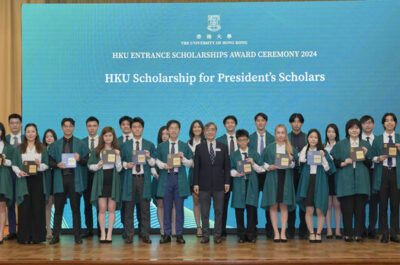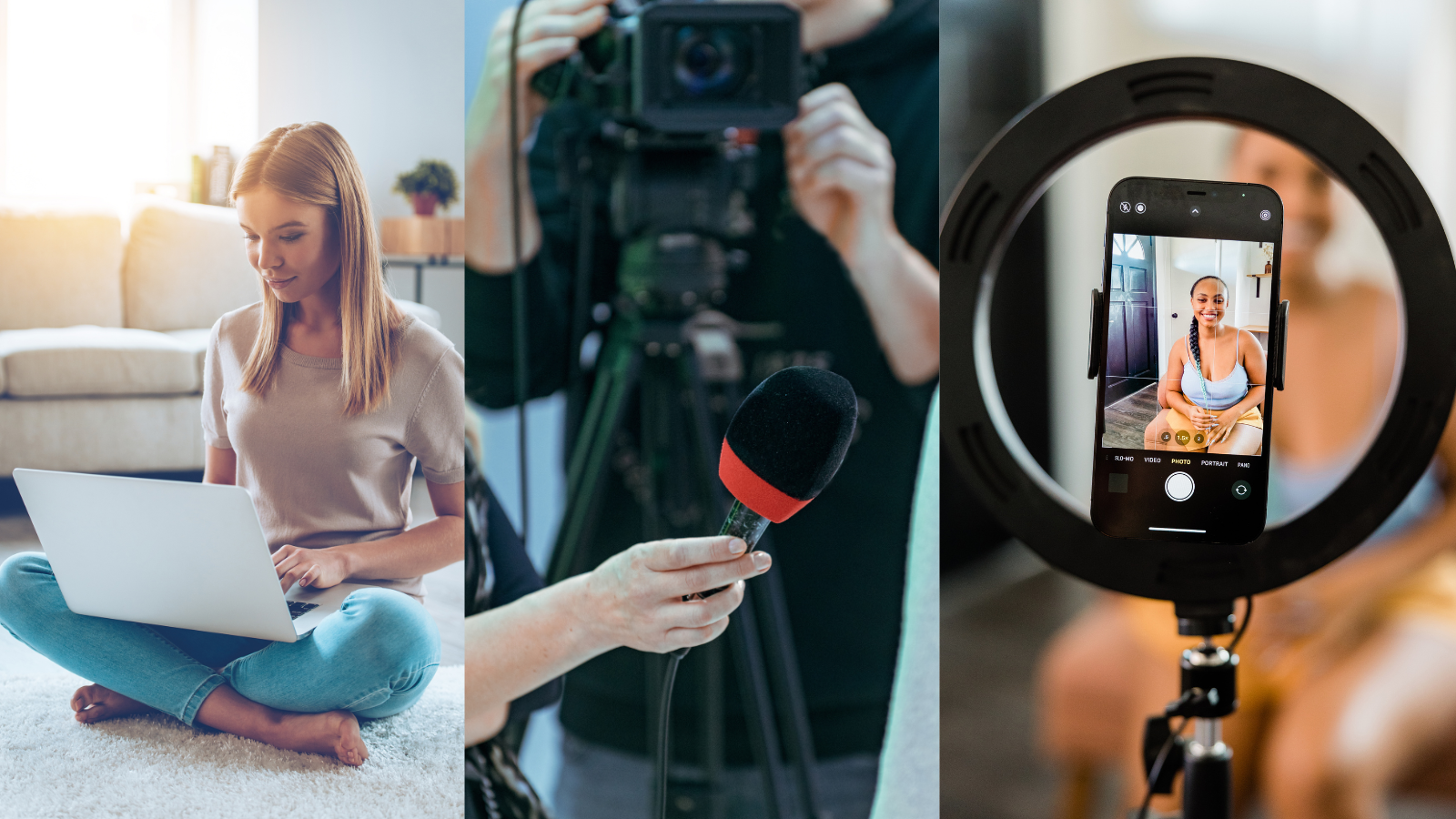The travel and tourism industry’s media landscape has evolved, blending traditional outlets with influencers and bloggers. This article explores effective integration of these elements into communication plans, focusing on press trips, audience demographics, and impact metrics.
In recent years, the media landscape has experienced a dramatic transformation, especially evident in the travel and tourism industry. This change has been marked by the rise of influencers and bloggers, alongside the enduring relevance of traditional media. The strategic integration of these diverse media forms is crucial for crafting a comprehensive communication strategy. In this article I want to discuss the nuances of traditional media, influencers, and bloggers, highlighting how they can be effectively integrated into a communication plan specifically designed for the travel and tourism sector. I will in particular focus on blending these elements in press trips, their varying audience demographics, and the metrics for assessing their impact.
The travel and tourism sector has seen a significant shift in media consumption habits under the influence of influencers and bloggers. These new-age digital voices complement traditional media outlets like travel magazines, TV shows, and newspapers, which continue to enjoy high credibility. To forge an effective communication plan, it is important to understand the differences between traditional media, B2B and B2C communications, and the personal touch offered by influencers and bloggers. Traditional media, B2B, and B2C channels serve distinct audiences, the former focusing on businesses and the latter on consumers. Influencers and bloggers, with their unique ability to personally connect and influence their followers, play a pivotal role in promoting new destinations, accommodations, and travel experiences.
The integration of traditional media with influencers and bloggers is crucial for a well-rounded communication strategy. Public relations efforts in this sector encompass traditional media relations, innovative content creation, and dynamic social media initiatives, all of which are instrumental in raising awareness, enhancing exposure, and driving revenue. Collaborating with notable travellers and influencers, coupled with a focus on localised, personalised messaging, can significantly amplify the impact of influencers and bloggers.
There are many ways to integrate different types of media— consider, for example, the practice of including traditional media, influencers, and bloggers in press trips, also known as familiarisation or “fam” trips. These trips, designed to showcase destinations, accommodations, or travel services, would usually benefit from a diverse mix of participants. While these participants are not typically compensated monetarily, the trips provide them with valuable material for producing authentic and engaging content for their audiences.
But is it really fitting to include a mix of traditional media, bloggers, and influencers on press trips? My answer is a resounding yes. Incorporating a diverse group of content creators on these trips can lead to a varied media coverage, encompassing a wide array of perspectives and reaching varied audience segments. Traditional media, with its broad appeal, contrasts with the more targeted reach of influencers and bloggers, who often engage with niche communities deeply interested in specific aspects of travel and lifestyle.
The difficult part here is maintaining editorial independence for all content creators participating in press trips. These individuals are invited to explore and engage with travel products or destinations, gathering material for their channels. The freedom to choose what to publish, and when, lies entirely with them, underscoring the principle of editorial autonomy. The integrity of this process is best preserved by offering these trips without additional compensation beyond covering basic expenses.
This approach aligns with the treatment of traditional media representatives, ensuring that influencers and bloggers do not feel compelled to produce content that may not reflect their genuine perspective or style. Moreover, by avoiding the provision of extra incentives, it is easier to foster an environment of equality among all participants, eliminating any perception of bias or discrimination. This equality is essential for creating a level playing field, where content creators feel valued and respected, regardless of their medium or reach.
Overall, the decision to invite a diverse group of content creators on press trips should be informed by a strategic understanding of the unique value each brings to the table. Traditional media outlets often offer extensive coverage that can significantly boost awareness and interest in a destination or travel service. In contrast, influencers and bloggers provide a personal touch, sharing detailed experiences and recommendations that can deeply resonate with their followers. This blend of wide-reaching exposure and personal engagement creates a comprehensive media strategy that can effectively showcase the travel product or destination from multiple angles.
In planning these trips, it is essential to carefully consider the composition of the group, ensuring a balance that reflects the goals of the press trip and the target audience’s interests. Tailoring the selection of participants to align with specific themes or aspects of the travel experience can enhance the relevance and appeal of the content produced. Additionally, understanding the distinct audience demographics, behaviours, and preferences associated with traditional media, bloggers, and influencers is key to maximising the impact of the coverage generated. Industry research confirms the significance of factors like expertise, attractiveness, and commitment in influencing followers’ loyalty to bloggers, indicating the unique engagement dynamics distinct from traditional media.
Evaluating the impact of different media channels requires a combination of quantitative and qualitative metrics. For traditional media, an integrated approach that merges online and offline metrics is usually recommended. Metrics for social media influencers should include follower engagement, content reach, and the ability to drive conversations and conversions. Utilising a variety of analytics tools ensures a comprehensive understanding of each channel’s influence.
Different type of media — traditional media, influencers, and bloggers — all bring unique benefits and should be strategically integrated to enhance communication efforts. By appreciating the distinct characteristics and audiences of these media forms, travel and tourism organisations can tailor their strategies to effectively connect with their target demographics. Keeping pace with new media trends and technologies, while leveraging traditional media’s strengths, is the key to maintaining relevance and impact in the competitive travel and tourism industry.
Karine is the Managing Director of Midas PR and serves the company as its “Master Connector”.
She has over 20 years of experience driving PR strategy for leading organisations in various sectors, launching Midas PR in 2007 after gathering ideas, honing her skills in Luxembourg, and refining her PR approach by working in Thailand. Over the last 16 years, Midas PR has achieved strong and consistent growth and today is recognised as one of Thailand’s leading multi-award-winning PR and communications firms. Alongside heading up the Midas team, Karine is Chair for the PRCA Thailand and a member of PROI Worldwide.
Karine is also a renowned thought leader and in-demand speaker on industry topics such as reputation management, corporate communications, and diversity and inclusion. She has shared her insights at several leadership, business and PR conferences, such as the Women in Business Series and the Thailand Startup Summit.
A passionate advocate for female leadership, Karin aims to serve as a role model for other women and inspire them to pursue their aspirations. She co-founded The Lionesses of Siam, a distinctive social and business networking group exclusively for women in Thailand. She has been honoured with several awards, including the Prime Award for International Business Woman Of The Year 2023.




![[PR] PR_Ascott and Vimut Hospital_2024](https://www.traveldailynews.asia/wp-content/uploads/2024/04/PR-PR_Ascott-and-Vimut-Hospital_2024-400x265.jpg)




























































